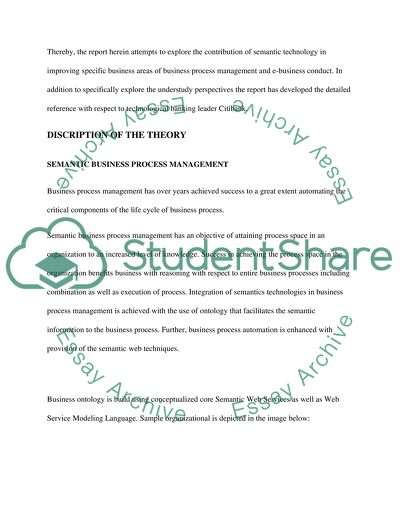Cite this document
(“Semantic technology for improving business process management and Essay”, n.d.)
Retrieved from https://studentshare.org/e-commerce/1404256-the-importance-and-relevance-of-semantic
Retrieved from https://studentshare.org/e-commerce/1404256-the-importance-and-relevance-of-semantic
(Semantic Technology for Improving Business Process Management and Essay)
https://studentshare.org/e-commerce/1404256-the-importance-and-relevance-of-semantic.
https://studentshare.org/e-commerce/1404256-the-importance-and-relevance-of-semantic.
“Semantic Technology for Improving Business Process Management and Essay”, n.d. https://studentshare.org/e-commerce/1404256-the-importance-and-relevance-of-semantic.


